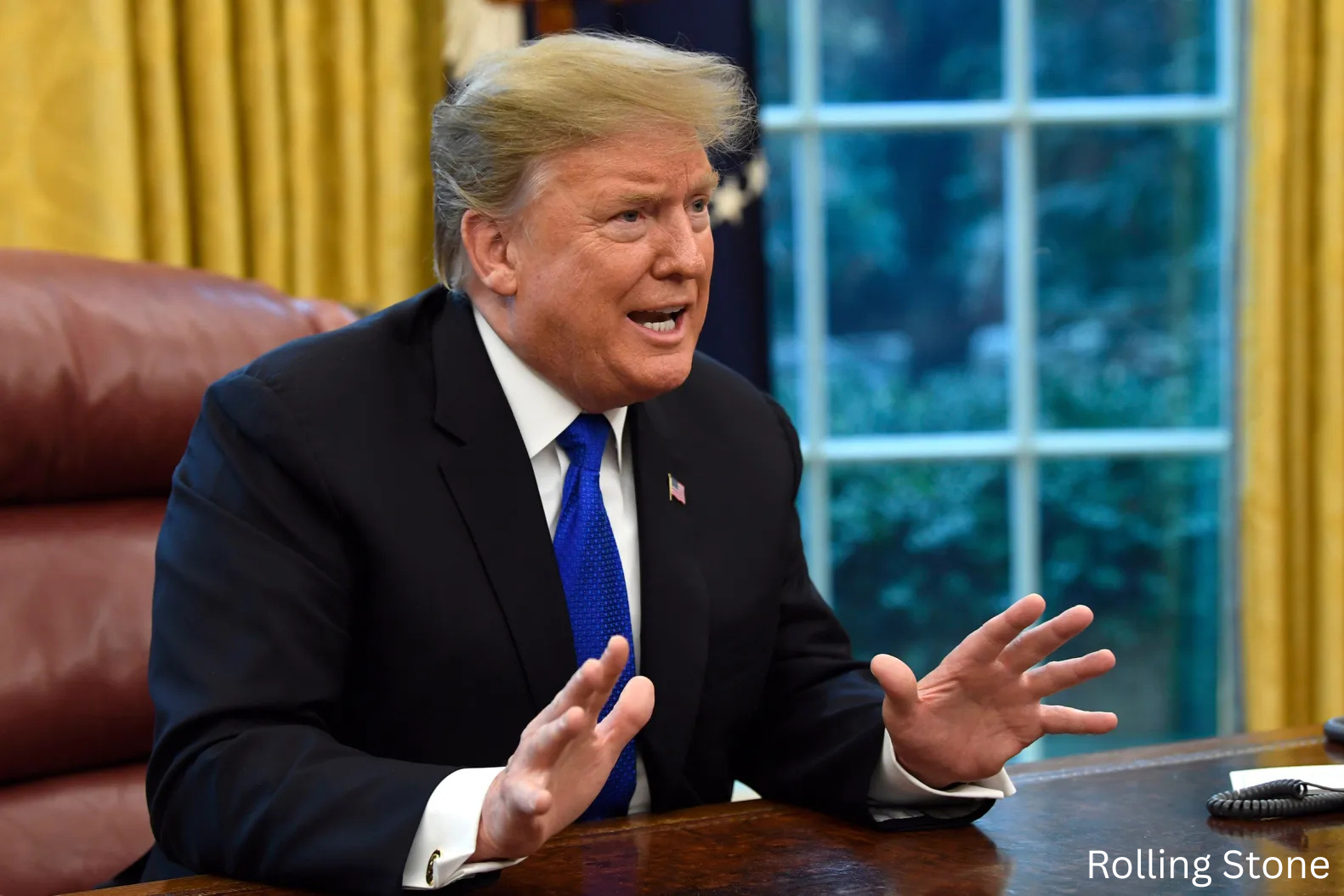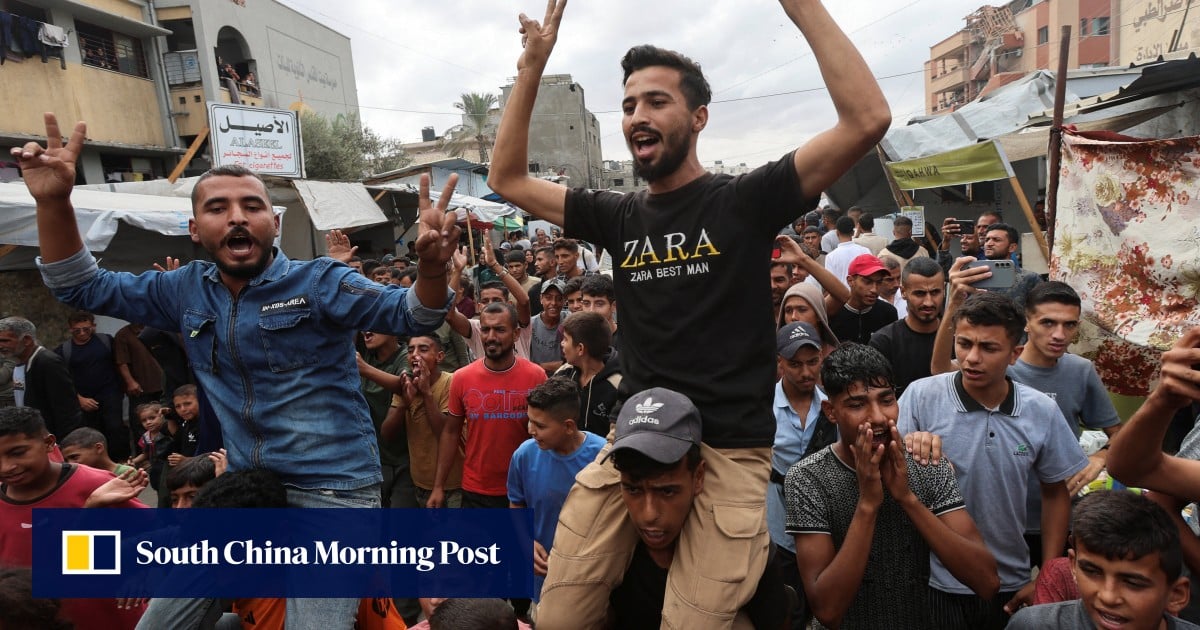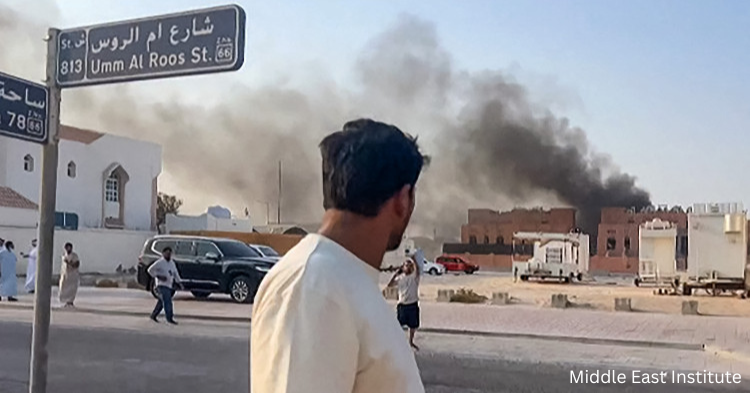Tensions in the Middle East reached a critical point as Hamas announced its willingness to release Israeli hostages, signaling a potential shift in the ongoing Gaza conflict. Former U.S. President Donald Trump responded by emphasizing the possibility of lasting peace and called for an immediate halt to Israeli bombings in Gaza. The situation remains delicate, with complex negotiations ongoing between Hamas, Israel, and international mediators. This development comes amid a prolonged conflict that has caused immense human suffering and regional instability.
Trump’s Call for Peace and Israel’s Response
President Trump expressed optimism regarding Hamas’ announcement, stating that the militant group appeared ready for “lasting PEACE.” He urged Israel to immediately stop its bombing campaign in Gaza, highlighting the urgent need to prevent further civilian casualties.
Trump described Friday as “a very special day” in a video posted online, acknowledging that many details of the agreement still needed to be worked out. He expressed hope that the hostages would soon return to their families, emphasizing the importance of swift and careful negotiations to ensure their safety.
The Israeli government, led by Prime Minister Benjamin Netanyahu, indicated that it was preparing to implement the first phase of Trump’s peace plan, which involves the immediate release of hostages. Netanyahu’s office affirmed cooperation with the U.S. in bringing the conflict to a close while adhering to principles consistent with Trump’s vision for the region.
Families of Hostages Demand Action
The Hostages Families Forum, representing the families of those held by Hamas, urged the Israeli government to act swiftly in line with Trump’s recommendations. They emphasized that immediate negotiations were “essential to prevent serious and irreversible harm to the hostages.” Families expressed cautious optimism, hoping that the combined efforts of the U.S. and Israeli authorities would secure the safe return of their loved ones.
Hamas’ announcement, however, remained ambiguous regarding specific conditions and timelines for the release. The group stated that the hostages would be freed according to the “exchange formula” in Trump’s proposal, contingent on certain “field conditions” being met. The lack of clarity on these conditions leaves uncertainty about the exact timeline and implementation of the exchange.
Hamas’ Conditional Agreement and Future Governance
In addition to the hostage release, Hamas agreed to transfer administrative control of the Gaza Strip to a Palestinian body of independent technocrats. The group emphasized that this body would operate based on Palestinian national consensus and receive Arab and Islamic support. While Hamas expressed willingness to participate in discussions about the future governance of Gaza, the statement did not explicitly confirm acceptance of the proposal’s stipulation barring Hamas from exercising future political power.
The group also remained silent on the critical issue of disarmament, which has been a major demand of Israel, and the offer of amnesty for members willing to commit to coexistence. Hamas highlighted its intent to contribute responsibly to debates regarding the future of Gaza and the inherent rights of the Palestinian people, signaling a desire to remain engaged in shaping the region’s political landscape.
Pressure from Trump and International Dynamics
President Trump set a Sunday deadline for Hamas leaders to agree to a ceasefire proposal, increasing pressure on both the group and Israel. His 300-word public statement underscored the urgency of halting violence and moving toward negotiations.
The Israeli strike on Hamas representatives in Qatar in early September had previously created friction both regionally and in Washington. This attack contributed to heightened pressure on Prime Minister Netanyahu to engage with Trump’s peace framework, particularly as Hamas’ announcement added momentum for diplomatic resolution.
Hostage Exchange and Broader Implications
The proposed exchange, as outlined in Trump’s plan, involves Israel releasing approximately 250 Palestinian prisoners and 1,700 Gazans detained during the conflict in return for about 20 living hostages and the bodies of roughly 30 others. This exchange represents a significant step toward easing tensions and demonstrating goodwill from both sides, though the details remain subject to negotiation and verification.
The conflict itself, which began on October 7, 2023, after a Hamas-led attack on Israel, has resulted in staggering casualties. Over 1,200 Israelis were killed in the initial assault, with 250 taken hostage. Israel’s subsequent military operations have resulted in more than 60,000 Palestinian deaths, including civilians and combatants, according to the Gaza health ministry, and widespread destruction of infrastructure.
Challenges and the Path Forward
Despite the positive signs, substantial challenges remain. Key issues include ensuring Hamas’ commitment to disarmament, verifying the safe release of hostages, and addressing humanitarian needs in Gaza. The prolonged conflict has left residents with limited access to essential services, including food, medical care, and clean water, highlighting the need for urgent international support and long-term reconstruction efforts.
Negotiations will require careful coordination among all stakeholders, including Hamas, Israel, the U.S., and regional actors. Diplomatic efforts must balance security, political, and humanitarian considerations to prevent renewed violence and pave the way for lasting peace.
Conclusion
Hamas’ announcement to release Israeli hostages represents a potential turning point in the Israel-Gaza conflict. With President Trump advocating for immediate cessation of hostilities and careful negotiations underway, there is cautious optimism that this step could lead to meaningful progress toward peace. The outcome will depend on the commitment of all parties to implement agreements responsibly, prioritize civilian safety, and engage in constructive dialogue about the future of Gaza and the broader Middle East.





.png)

.png)
